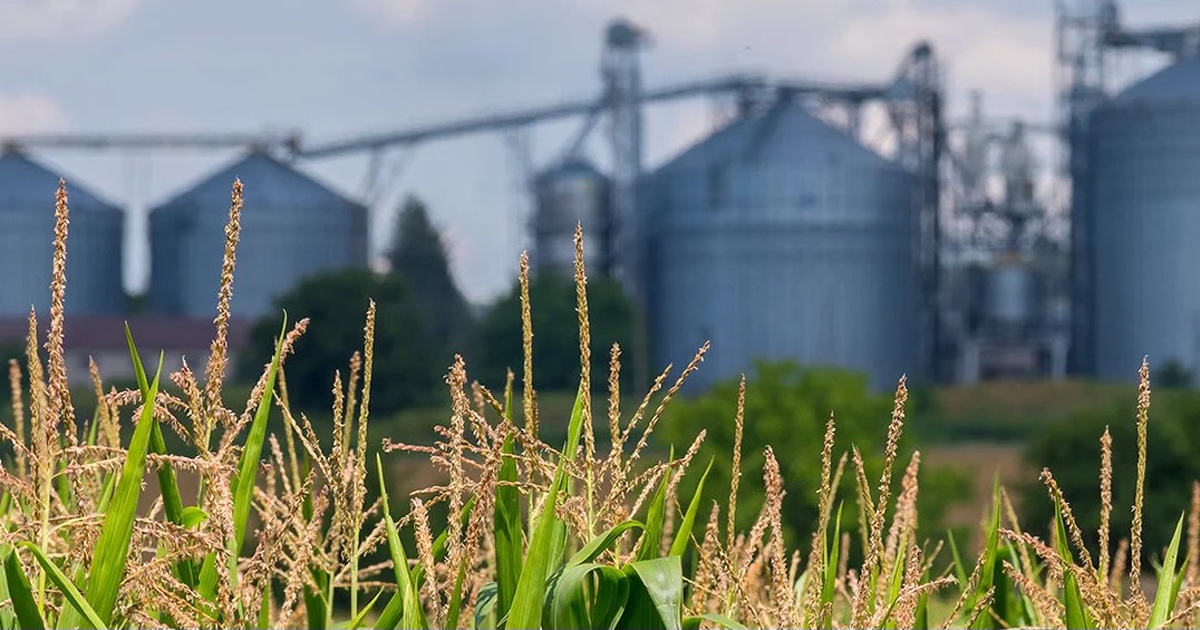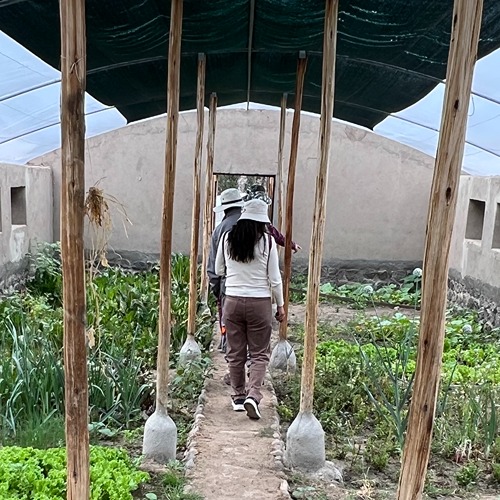Building Bridges in a World on Fire
 PhD candidate Katy Dix spent last fall in Bolivia, researching wildfire drivers, impacts and management in the Indigenous territory of Monteverde — and learning how to prevent and mitigate these impacts.
PhD candidate Katy Dix spent last fall in Bolivia, researching wildfire drivers, impacts and management in the Indigenous territory of Monteverde — and learning how to prevent and mitigate these impacts.
“The need for effective wildfire management strategies, from prevention to restoration, is particularly visible this year,” Dix said. “It’s been one of the worst wildfire seasons in the country’s history. Bolivia is the second-poorest country in South America in terms of gross domestic product per capita, and one of the major obstacles to wildfire management is resource scarcity. It is not uncommon for a municipal government to rely on internationally funded NGOs to provide key resources, such as trucks and personal protective equipment.”
Resource scarcity makes collaboration a key part of wildfire management, Dix said.
“In addition to climatic conditions, one of the major drivers of the magnitude of the fires and their impacts is lack of effective coordination early on while the fires were more manageable,” she said. “This is partially due to the inherent obstacles posed by collaboration between actors with very different lived realities and corresponding knowledge systems. My project seeks to better understand how to successfully integrate traditional fire knowledge with Western scientific fire knowledge for wildfire prevention and management.”
In 2024, wildfires burned nearly4 million hectares in Bolivia. The impact was particularly devastating in Monteverde, where wildfires have affected more than 80% of the Indigenous territory, impacting over 8,000 residents and resulting in the evacuation of about 25% of the communities in the territory.
During her first weekend in the area, Dix witnessed the devastation firsthand. She traveled to communities most affected by the wildfires to provide relief supplies and assistance alongside Apoyo Para el Campesino de Oriente Boliviano (APCOB), a Bolivian nongovernment organization dedicated to the defense of Indigenous territories in the eastern part of the country.
In the community of Makanaté, Dix and her APCOB colleagues used their vehicle to transport water so that community firefighters could fill their backpack pumps.
“We stayed there until 4 a.m., transporting water and helping to keep firebreaks free of leaves and other fuels in the hopes of preventing the fire from spreading,” Dix said in early October. “Despite this, the fire passed over the breaks later that morning, and now most of the community members have evacuated and all of the land where they grow crops has been burned.”
Dix is part of a local multidisciplinary team that is conducting a territory-wide assessment of the ecological, social and economic impacts of wildfire. Data generated from the assessment will be utilized by the territory and local NGOs in applications for funding to implement restoration and prevention programming.
Dix also hopes to collaboratively develop guidelines and best practices for external groups regarding effective collaboration with Indigenous territories.
“In order to effectively understand and manage wildfires in Bolivia, both in terms of restoring what has been lost and trying to minimize the risk of wildfire impacts at this scale going forward, we first need to understand and address the epistemic and environmental justice issues that create a tinderbox for catastrophic wildfires,” she said.
“My research aims to create tools to facilitate early coordination, through a variety of methods, including participatory mapping, that will identify sources of water and roads so that these can be shared with firefighters and other actors working in the territory. I will also work to generate a bilingual report detailing best practices and lessons learned relating to collaboration between external actors and the Indigenous territory and an after-action review of lessons learned from the 2024 wildfire season.”
Dix’s research, conducted through Zhao Ma’s Human Dimensions Lab, is funded in part by the D. Woods Thomas Memorial Fund, awarded by Purdue International Programs in Agriculture.






